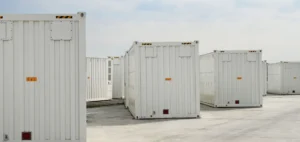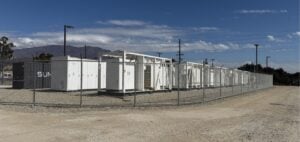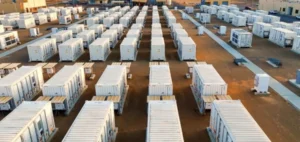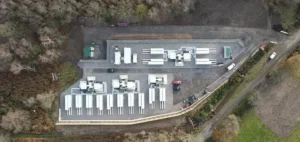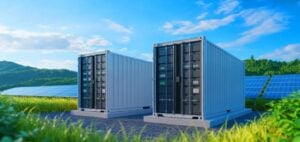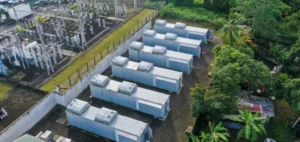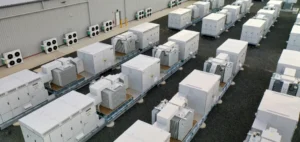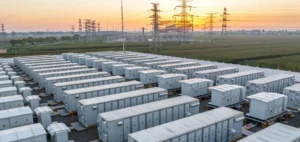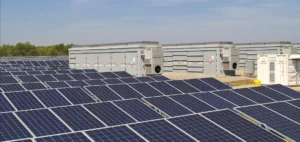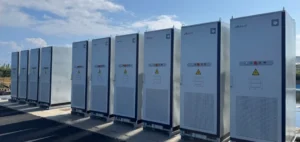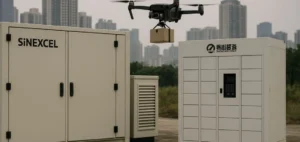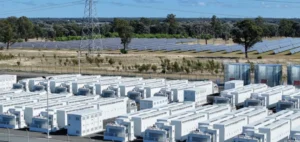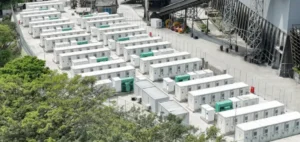Energy storage facilities worldwide are expected to reach a total of 411 gigawatts by the end of 2030. That’s 15 times more than the 27 GW of storage that was online at the end of 2021. BloombergNEF, forecasts 13% more capacity by 2030 than previously estimated.
An estimated 387 GW of new energy storage capacity will be added worldwide between 2022 and 2030. This represents more than the entire power generation capacity of Japan in 2020.
Helen Kou, energy storage associate at BloombergNEF, states:
“The energy storage industry is facing growing pains. Yet, despite the rising prices of battery systems, the demand is clear. There will be more than a terawatt-hour of energy capacity by 2030. The world’s largest electricity markets, such as China, the U.S., India, and the EU, have all passed legislation that encourages the deployment of energy storage.”
Asia and the United States at the forefront
The United States and China will remain the two largest markets. Indeed, they will represent more than half of the world’s storage facilities by the end of the decade. Europe, however, is catching up with a significant increase in capacity fueled by the current energy crisis.
The expected acceleration of the U.S. market follows the passage of the Inflation Reduction Act in August 2022. Large volumes of funds are allocated to wind, solar and storage tax credits. According to BNEF, this legislation will allow for the construction of approximately 30 GW of energy storage between 2022 and 2030.
Asia-Pacific will be the region that builds the most storage capacity on a megawatt basis by 2030. The rapid growth of the Chinese market is the main reason for this. The Middle East and Africa are expected to lag behind their counterparts.
Geopolitics impacting energy storage
Russia’s invasion of Ukraine has had a clear impact on energy storage deployments in Europe. Record high electricity prices are forcing consumers to consider new forms of energy supply. As a result, this is driving the residential storage market in the short term.
In Europe, the REPowerEU plan and the renewed interest in energy security in the UK are at the forefront. These very ambitious targets for renewables allow for the significant addition of storage planned from 2025. BNEF has more than doubled energy storage deployments between 2025 and 2030 in Europe compared to previous forecasts.
According to BNEF forecasts, the majority of energy storage facilities built by 2030, 61 percent of the megawatts, will be used to provide what is known as “energy shifting,” or bringing forward or delaying the time of electricity distribution. Storage and renewable energy projects, especially storage and solar, are becoming more common around the world.




